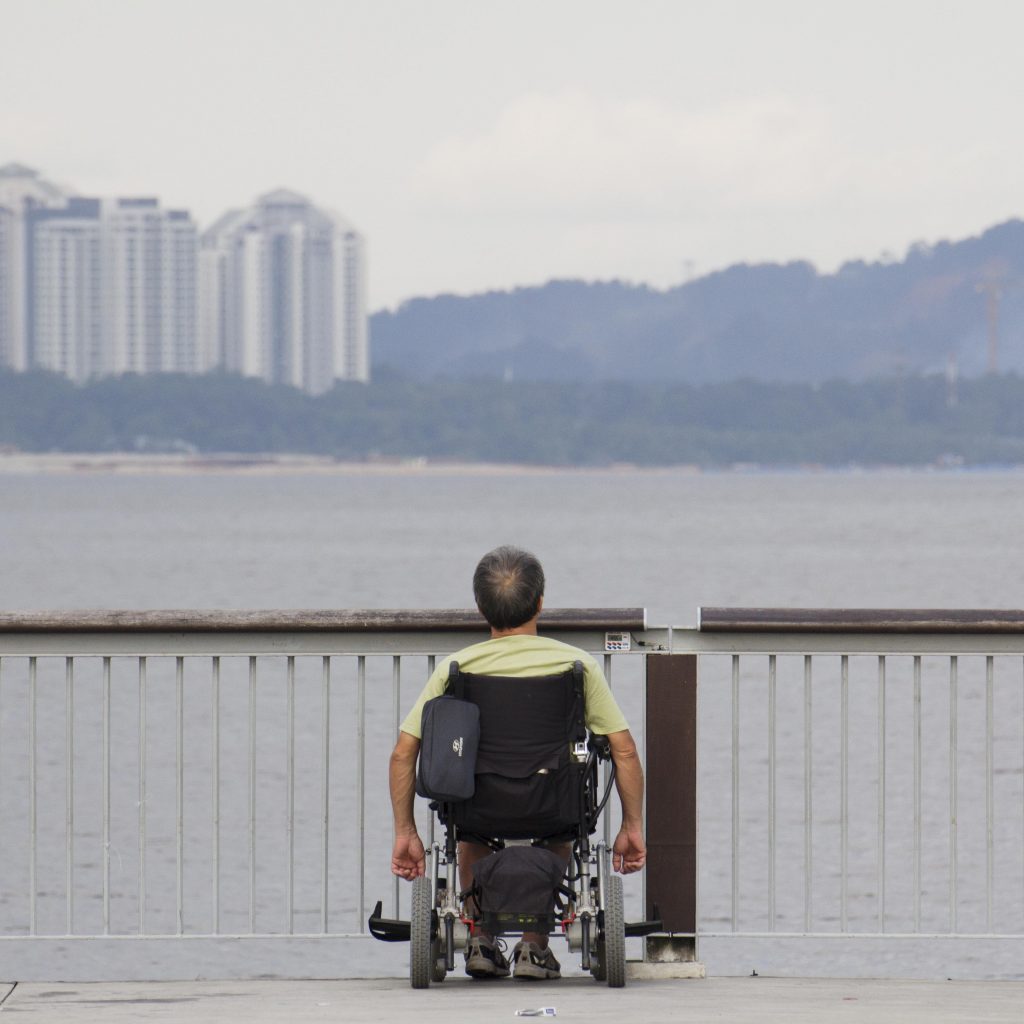Salutogenic Healthy Ageing Programme Embracement (SHAPE) for senior-only households: A study protocol
August 20, 2019

World Senior Citizens Day will be celebrated this year on 21 August. The day raises awareness of the social and physical issues that affect the elderly and recognizes their contributions to society. Singapore, like many other countries, is currently encountering a growing elderly population, with the United Nations estimating that 38% of Singaporeans will be over 60 years old by 2050. In light of this issue, it is important to promote healthy ageing to minimize the undesirable effects of an ageing population.
In ‘Salutogenic Healthy Ageing Programme Embracement (SHAPE) for senior‐only households: A study protocol’ (Journal of Advanced Nursing, 2017), Ms Betsy Seah (NUS Alice Lee Centre for Nursing Studies), Assistant Professor Srinivasan Chokkanathan (NUS Social Work), and their co-authors evaluated the effectiveness of a multi-dimensional community-based health promotion and risk prevention programme called Salutogenic Healthy Ageing Programme Embracement (SHAPE) for implementation in senior-only households in Singapore. In essence, SHAPE is an intervention programme which hopes to identify, equip, and strengthen resources for the benefit of senior citizens. Within a duration of 12 weeks, personal home visits were made to observe the current health status, lifestyle, and home environment of seniors to determine how they can improve in these areas. The elderly were involved in group-based activity sessions to share their personal experiences with regards to healthy ageing and their progress towards achieving their personal health goals. Moreover, two trained healthcare professionals educated the elderly on health and social resources which they can rely on for assistance.
Ultimately, the authors found that SHAPE provides a more integrated approach to elderly care as compared to the biomedical model, which excludes socio-environmental influences and only focuses on the biological component of healthcare. They hypothesized that the group of elderly folks experiencing SHAPE intervention feel an improved sense of coherence, better quality of life, higher self-efficacy, and take initiative through engaging in health-promoting actions. Eventually, this will lead them to experience better physical health outcomes through achieving a healthier body mass index, improvement in their physical mobility, and healthier blood pressure.
Read the article here.
